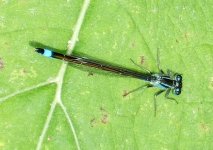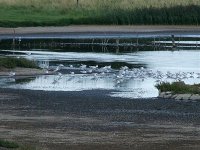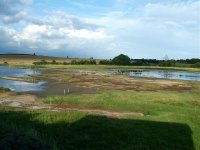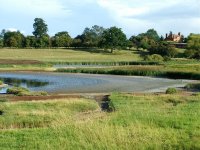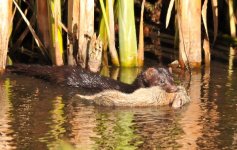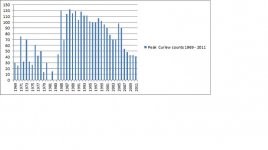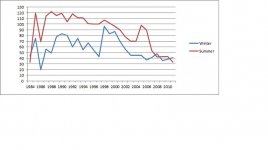midlands birder
Well-known member
Nice one Craig! I take it that this is a different bird to those seen last Sunday (as per Dave and Chris's photos in posts #6210 and 6212)
Well the bird had almost completly moulted its Scapulars with just a single grey area, so obviously different in that aspect.
im not sure whether a complete juv med can do that in a week, so im not certain (not having seen the sunday birds).
I would now post the obligory crap record shot, but my camera adaptor has broke, and i wont be able to upload any photo's for another week!!!! :C
MB




